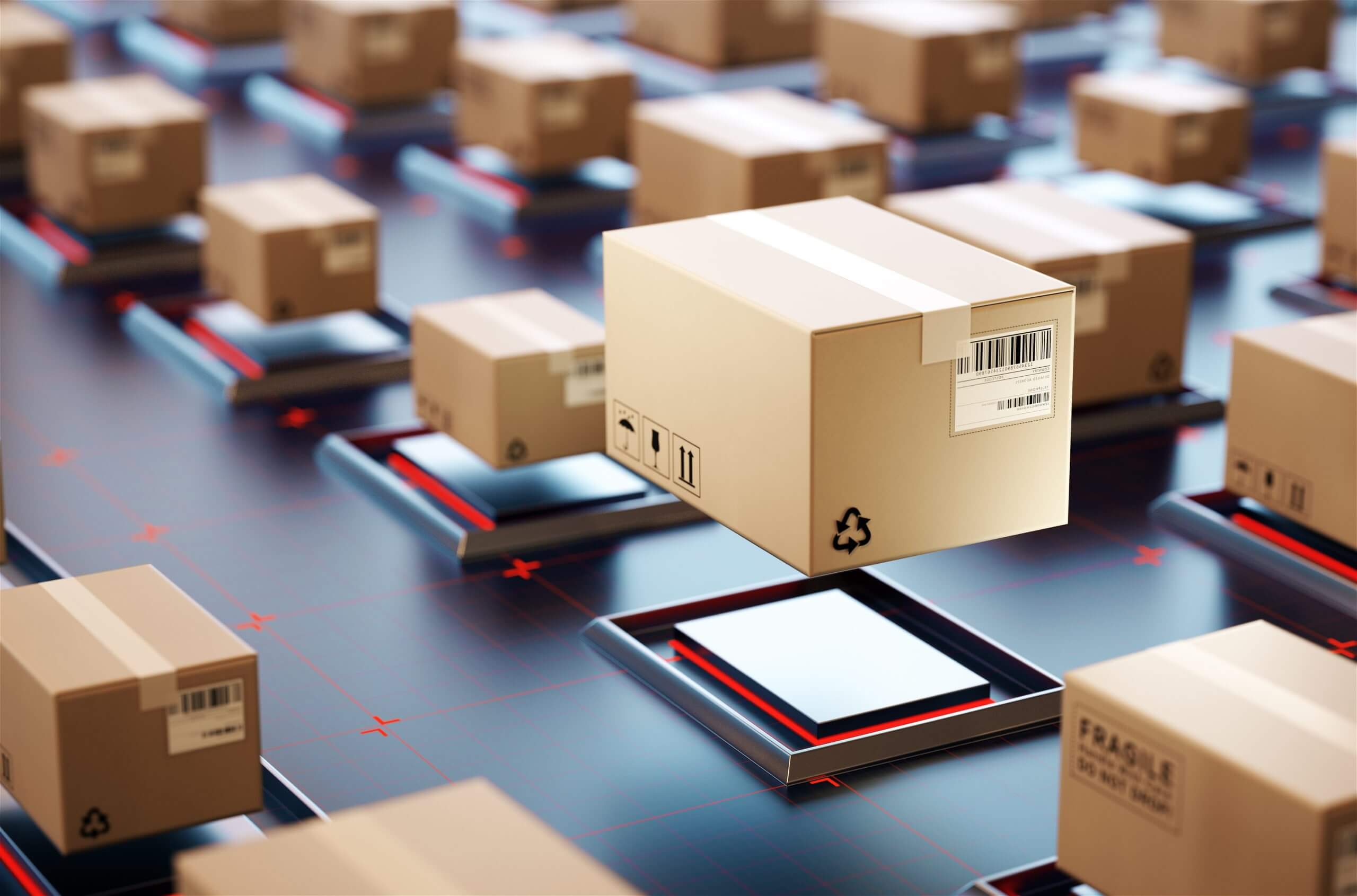Coronavirus highlights the need to transform traditional retail industry approaches to doing business. Especially when the “world’s factory”, China, is itself spiraling in the confusing and complex global reaction. COVID-19 forces the retail industry to rethink and transform their models digitally. And the real question is, how exactly should it respond to immediate change?
In brief:
- Retailers are going to overthink how they use technologies to find new ways to get revenue and build up innovative business models amid pandemic.
- Retail digital transformation has already started in some ways, and some companies already get some advantages from the changes they have made.
- Right now, fulfillment and last-mile execution, transparency, workforce, and pricing — are four key areas COVID-19 hit the most. This is where retail CIOs must focus their attention and bring the full capacity of digitalization.
What is Digital Transformation in Retail? Inevitable Changes of the Future
Digital transformation is penetrating into every sphere and industry we know today, starting with finance, banking, mass media, education, manufacturing, healthcare, etc. Companies go digital to enhance their services and offered facilities in order to bring up the level of satisfaction of their customers. The whole idea behind it is based on the customers’ needs and involves other aspects like process organization within the company, its employees, external communication, and technologies used.

The same goes for digital transformation in retail. Retailers are going to overthink how they use technologies to find new ways to get revenue and build up innovative business models. It follows that as technologies and digital tools evolve, they are going to have a great influence not only on the services provided by the company, but also its inner culture, management, organization of the workflow.
In addition to this, it gives employees a number of opportunities, as they master new skills and obtain valuable knowledge. Overall, it’s a long-term process (life-circle) where one change leads to another and influences other components involved in the digital transformation process.
Digital Transformation in Retail: Benefits
The process of retail digital transformation is not an easy one, as for the other industries. But if you have a well-thought strategy in your hands and clearly see the results you aim for, then it’s worth putting your foot on this path, as digital transformation comes not only with challenges but brings a number of advantages.
- Easier Connection
Digital transformation makes it easier for retailers and their customers to connect and communicate via social media accounts, websites, chatbots, mobile apps, etc.
- Smoother Operations
The implementation of Cloud technologies will improve operations within the company as the external ones, reduce the time spent on sharing information with the customers, thus improving client support.
- More Convenient
Thanks to the AI (Artificial Intelligence) tools, now customers can shop without cashiers. AI automation of some processes will enhance the customer experience. Also, it enables retailers to sell their products not only in physical stores but via websites or mobile apps.
- Higher Revenue
Digital transformation is retail that enables providers to have more than one channel of income, thus gives a chance to reach a wider target audience.
- Better Customer Experience
All the changes that come with digital transformation influence customer experience and make it better. Technical tools facilitate the work of the employees, make services quicker and more efficient, thus customers get high-quality services, their journey of buying products becomes a more pleasant one, etc. As the whole concept of digital transformation is customer-centered, they get the most but help your business become better and prosper.
Digital Transformation in Retail Banking
Retail digital transformation also takes place in banking, as it is a part of the industry. Retail banks should take advantage of the customer data they get. It is especially important for their digital transformation journey, as it was already said, the process is customer-centered. The data that banks have access to can be used as a base for innovation and solutions that can enhance customer experience, make it more personalized.

Tools like IoT, AI, Blockchain, etc. help to analyze data in a sufficient way, automate some of the processes, as well as reduce the number of paperwork. For instance, thanks to online banking, people now don’t have to line up at the bank office to get answers to their issues or provide payments. In addition to this, technical tools make services more easy-to-use, thus improve customer experience and attract new customers.
In order to succeed and survive the competition with other retail banks or platforms that provide similar services, banks should take into consideration the security issue. Security is of a high priority as customers trust with their money and want their funds to be safe. Online banking requires high-quality tools to protect data, and thanks to digital technologies we have today, it’s possible.
Retail Digital Transformation Trends for Post-COVID-19 Times
Retail digital transformation has already started in some ways, and some companies already get some advantages from the changes they have made. Still, as we know the process of digital transformation is not a short-term thing, as we have a constant change of the technologies, innovative solutions occur regularly, and in order to keep up a track of the latest trends, we have come up with the list of top ones.
- Mobile Applications
A mobile app is a great connector between customer and retailer’s physical shop. Customers can check on the products, watch and read reviews, etc. In addition to this, they can easily contact the support group in case of inquiries.
If you still do not have a mobile application for the store, you should consider this option, as it has a great number of advantages, facilitates purchasing, and brings you closer to your customers. Also, mobile apps are a good start for further development, as it is possible to add new features and enhance the services you provide.
- Augmented Reality (AR)
AR in the digital transformation of the services is a great tool that allows customers to try and view things without leaving their homes.
For instance, IKEA came up with an awesome idea of letting its customers choose the best pieces of furniture by using their app. You just have to point a camera to the right place at home, and the app will offer you options that suit your interior. Another example is Toyota, where you can try different cars before making any decisions.
- Virtual Reality (VR)
Virtual Reality technology has great potential for the retail industry to develop and grow. This tech solution will definitely enhance customer experience, as they will be able to check cars, homes, etc. without even stepping inside of it.
Retail Digital Transformation Challenges: Managing risk and disruption
Digital transformation contains one more meaning behind this term, it’s — to be adaptive to the changes. It’s not a static process, so you cannot 100% predict further steps.
But the company can have a thoroughly detailed strategy that will help them to keep up on the path to digital transformation. Retailers should find ways to satisfy the needs of customers who have different preferences and expectations. It follows that businesses should learn to be agile and flexible. This is not only about customers, but the inner-company organization of the processes, communication between employees, departments, and customers, etc.

Another challenge will be to figure out which technologies should be used to turn your ideas into reality. The company should have professional IT specialists at their service who can consult, give their expert opinion, and complete projects within stated time frames. It’s possible to hire individual professionals with your own efforts, but also you can use outsourcing.
Also, retailers might face challenges with data analysis. There are numerous channels that help them get information about customers, but this data should be properly analyzed. Luckily, nowadays, there is access to numerous tools that can be of great help in this matter as personal data gives you a chance to learn more about your customers thus giving you a chance to provide more personalized offers and enhance their experience with your services and products.
Retail Digital Transformation Market: Going Digital
The process of digital transformation has already started and has an enormous influence on the retail market. New channels of revenue and deep data analysis thanks to the technologies we have today, make it possible for the industry to grow. For now, we know for sure that the process won’t stop, and we will see a major boost in the retail market thanks to digital tools and technologies.
The only thing to do is to set up a strategy and work towards your goals in order to enhance customer’s experience, optimize the inner-company processes, make shopping easier, and more fun. Nowadays, we have everything to make it happen.
COVID-19: Helping Retail Conquer Digital Transformation
Depending on the countries, categories, and customers’ mixes, the impact of the novel coronavirus is very different for every retailer. Right now, fulfillment and last-mile execution, transparency, workforce, and pricing — are four key areas COVID-19 hit the most. This is where retail CIOs must focus their attention and bring the full capacity of digitalization.
We, at Intellectsoft, empower companies and their retail workforce with digital transformation solutions and data-driven insights. Are you and your organization ready to shift the mindsets and get the most out of innovations?
Talk to our experts and find out more about the topic and how your business or project can start benefiting from it today!